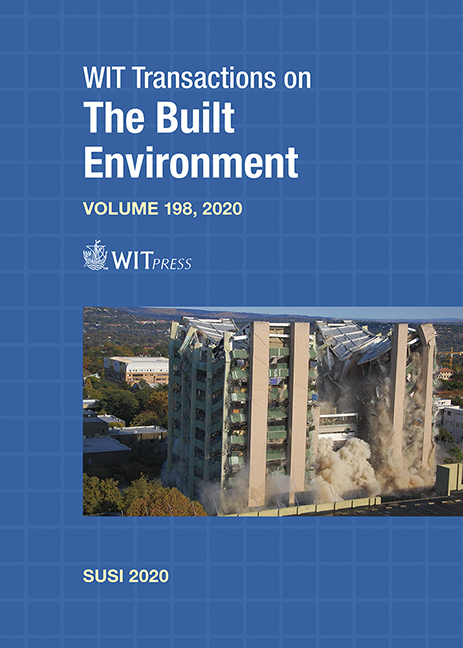UNCERTAINTY ESTIMATION OF EXTERNAL BLAST EFFECTS USING THE MONTE-CARLO METHOD
Price
Free (open access)
Transaction
Volume
198
Pages
12
Page Range
81 - 92
Published
2020
Paper DOI
10.2495/SUSI200071
Copyright
WIT Press
Author(s)
GABRIEL SEISSON, THIERRY LACAZE, ALAIN ROUQUAND
Abstract
Protection against terrorist assaults is a major concern for many countries all over the world. It entails developing counter-terrorism intelligence and intervention means, allowing the avoidance of such events but also to be able to rapidly (but efficiently) predict the structural effects of attacks on buildings. In previous works carried out at CEA/Gramat, an analytical approach was developed to promptly obtain the response of a rectangular masonry panel submitted to the blast effects of an aerial explosion. In this approach, the panel was simulated as a single-degree-of-freedom system with an elastic and perfectly plastic behaviour and the blast loading was reduced to a triangular pressure profile. The purpose was to predict either the failure of the panel or its survival. Besides, free-field experiments and corresponding FEM calculations led one to identify sets of parameters for various structural materials such as concrete, cinderblocks and bricks. The present study aims to enhance the binary result of the model towards an interval of failure/survival probability with a confidence level. Through the example of a unique generic wall, we present the modelling of the uncertainties in both geometric and material parameters, the use of the Monte-Carlo method, and the interpretation of the obtained probability density functions. A sensitivity analysis emphasizes the parameters for which a better insight is needed. Finally, a practical case of an isolated building with multiple walls is examined. Hypothesis and results are discussed and potential improvements are considered.
Keywords
blast, masonry strength, failure probability, fast running engineering model, Monte-Carlo, sensitivity analysis





